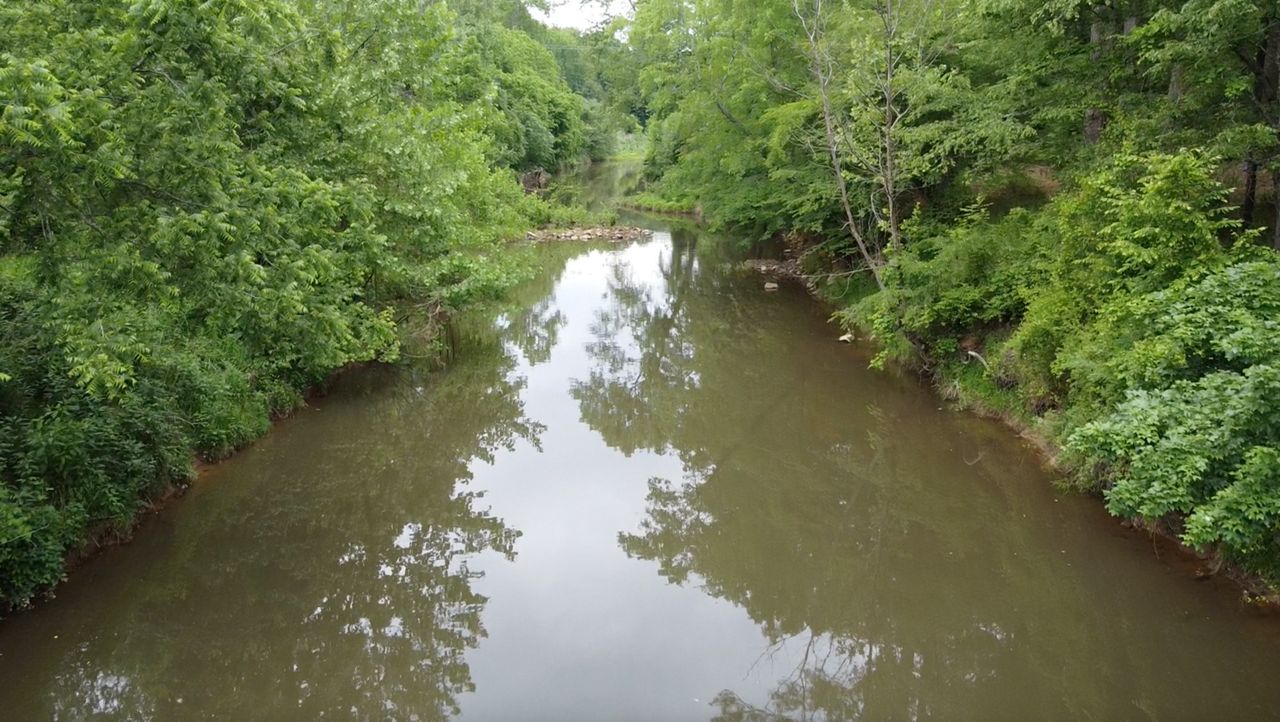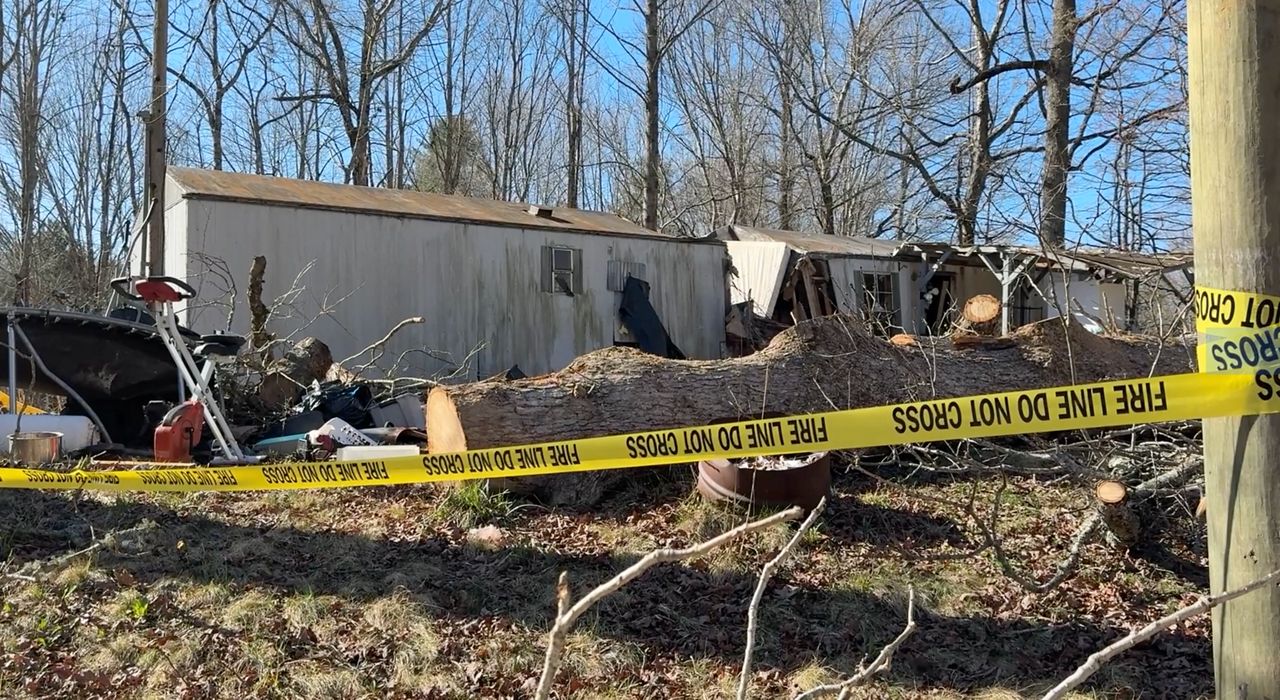ORANGE COUNTY, N.C. – Treatment of an invasive species clogging the Eno River is beginning this week in Durham and Orange Counties, as officials worry about it getting into the city's drinking water supply.
What You Need To Know
- Durham and Orange Counties are treating an invasive plant species in waterways
- Hydrilla is an invasive species originating in Asia that has no natural predators in the country
- Treatment will last more than 3 months
- The water is still safe for both humans and wildlife
Hydrilla is an invasive species, originating in Asia that has no natural predators in the country.
Drew Gay, an Aquatic Weed Specialist with the Division of Water Resources at the Department of Environmental Quality, said they rely on battling it with herbicides.
-4)
“It has a tuber that it puts down in the ground, basically like a seed, and that’s where it sprouts up from the next year, and they can be viable in the soil for seven or eight years,” Gay said. “When a place gets hydrilla, it is at least a ten-year process before we can say that it’s completely eradicated.”
The Eno River Hydrilla Management Task Force has been working with the Department of Environmental Quality (DEQ) and other agencies since 2007 to combat the plant’s takeover of parts of the Eno River’s watershed.
“It’s such a beautiful river, it’s such a unique ecosystem, and it really is a great spot for people to come and recreate,” Gay said. “I hated to see it get overrun by hydrilla.”
Hydrilla was first discovered in the Eno River watershed in the early 1990s. The plant creates tangled webs of stems and leaves that clog waterways, making recreation nearly impossible and harming native plants and animals.

“It’ll out-compete all our native vegetation and just basically make a thick mat all the way across,” Gay said.
He said treating the plant in flowing water poses more of a challenge than a still body of water. In 2015, they pioneered the first successful Fluridone treatment in North Carolina. They inject the herbicide into the water where the plant slowly absorbs the chemical, which eventually kills it.
“It doesn’t allow it to make the protectant for the chlorophyl that it uses to make its energy, so it basically just bleaches it out and then the plant dies,” Gay said.
Their biggest concern is keeping the plant out of the drinking water supply for the City of Raleigh.
“We’ve had it all the way up in the mountains, all the way to the coastal plain, so it’s definitely one of our biggest challenges and what we spend probably most of our time and effort on.”
The herbicide is non-toxic to humans, fish and wildlife. Officials say the water is completely safe for swimmers and boaters while it’s being treated as well.
They say the treatment will continue until the end of August.








